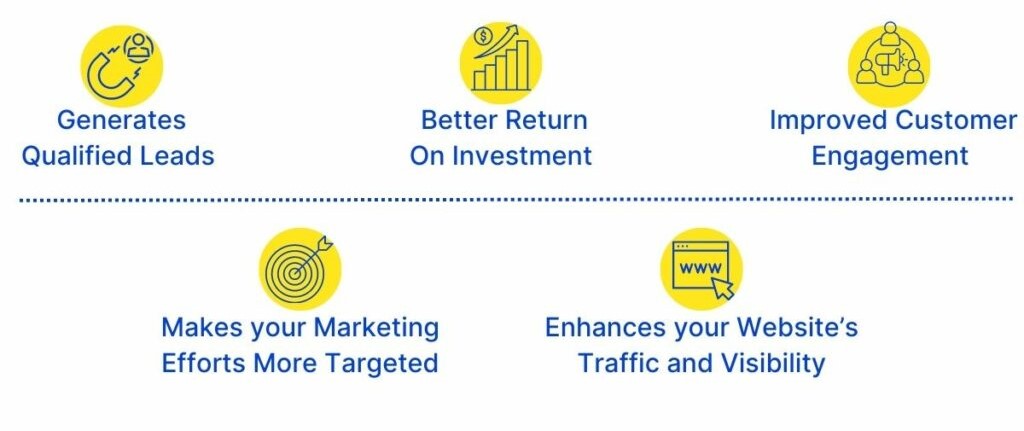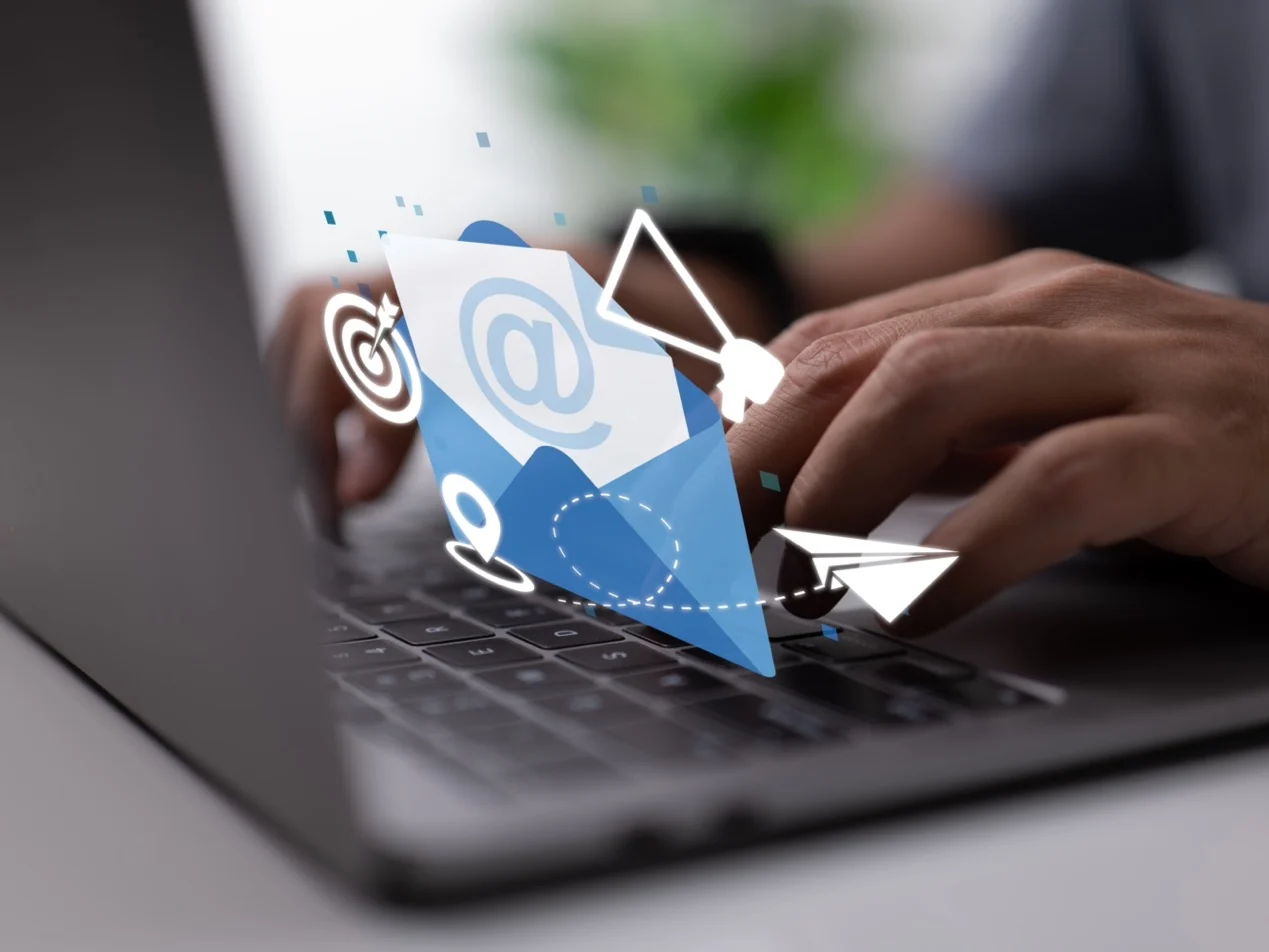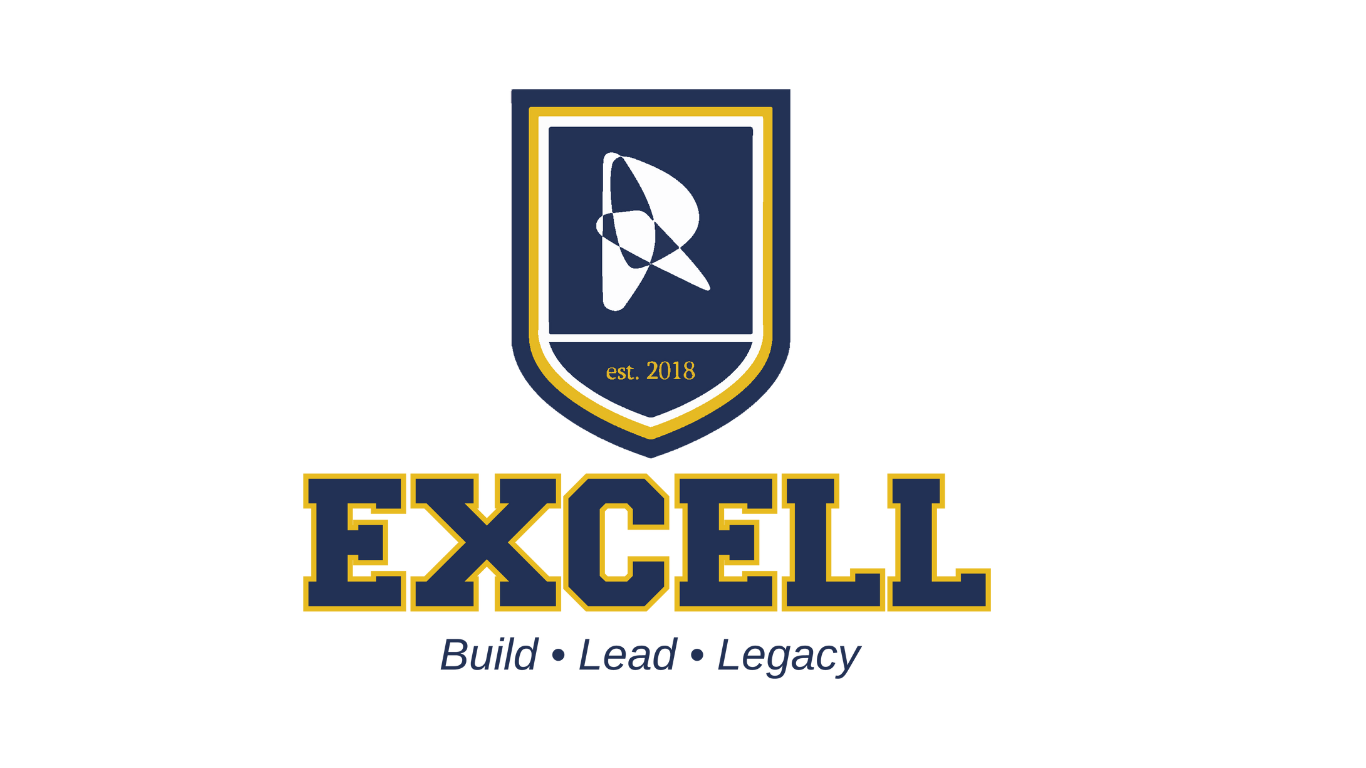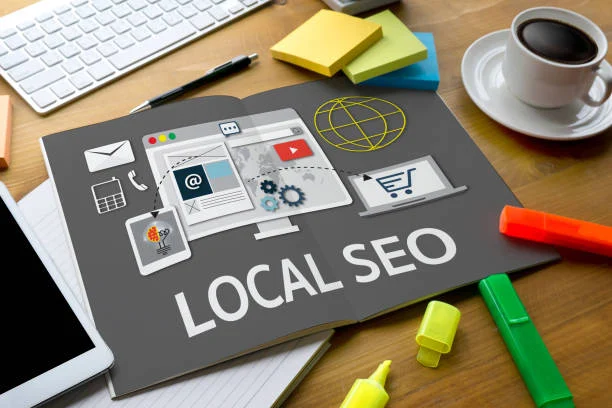Table of Contents:
- Understanding Inbound Marketing
- Why Email Marketing Matters for Inbound
- How Email Marketing Can Fuel Your Inbound Strategy: Key Tactics
- Building Your Email Marketing Roadmap
- Measuring Success: Deep‑Dive into Metrics
- Best Practices for Email‑Driven Inbound
- Overcoming Common Challenges
- Emerging Trends and the Future of Email
- Five Questions Answered
- Conclusion & Strong Call to Action
1. Understanding Inbound Marketing
Inbound marketing is a customer‑centric approach that draws prospects in with valuable, relevant content rather than interrupting them with outbound ads. Its methodology rests on three pillars:

- Attract: Create SEO‑optimized blog posts, social media content, and free tools (e.g., calculators and checklists) to attract visitors searching for answers.
- Engage: Convert visitors into leads with gated resources—ebooks, webinars, assessments—and nurture them via personalized messaging.
- Delight: Exceed expectations with helpful email touchpoints, proactive support, and loyalty programs, turning customers into promoters.
- Awareness: Prospects realize they have a problem. Offer educational blog posts, infographics, and short videos.
- Consideration: Prospects evaluate solutions. Provide detailed guides, comparison sheets, and case studies.
- Decision: Prospects choose a vendor. Share demos, free trials, pricing sheets, and customer testimonials.
- A Marketing Manager persona might receive an email about streamlining campaign workflows.
- A C‑Suite Executive persona might receive a quarterly ROI report.
- Lead Generation: Grow your subscriber base via targeted opt‑ins.
- Lead Nurturing: Move Marketing‑Qualified Leads (MQLs) to Sales‑Qualified Leads (SQLs) with progressive content.
- Customer Retention: Use onboarding sequences, product tips, and upsell offers to drive repeat purchases.
- Brand Advocacy: Solicit reviews, referrals, and user‑generated content through loyalty emails.
2. Why Email Marketing Matters for Inbound
3. How Email Marketing Can Fuel Your Inbound Strategy: Key Tactics

- Day 0: Welcome email with brand story and resource links
- Day 3: Educational content tied to the lead magnet
- Day 7: Case study showcasing ROI
- Day 14: Demo invitation or trial activation
- Industry Case Studies for Finance vs. Healthcare Leads
- Local Event Invitations for subscribers within a 50‑mile radius
- Product Recommendations based on past behavior
- Abandoned Cart Emails sent within one hour of cart abandonment
- Content Follow‑Ups: “You read our guide on SEO here’s an exclusive webinar.”
- Milestone Celebrations: Anniversaries, birthdays, usage thresholds
- Email 1 (We Miss You): Highlight the top content they’ve missed.
- Email 2 (Exclusive Offer): Offer a discount or premium download.
- Email 3 (Last Chance): One‑click re‑opt‑in or unsubscribe link.
- Blog Alerts: Notify subscribers when new posts go live to drive early traffic and social shares.
- Webinar Funnels: Promote via email, then follow up with recordings and related resources.
- Social Proof Embeds: Showcase customer tweets, LinkedIn recommendations, or Instagram UGC.
- SMS & Push Integration: Collect phone numbers in email preference centers for later campaigns.
4. Building Your Email Marketing Roadmap
A deliberate roadmap transforms scattered sends into a high‑impact program. Key steps include:

- Asset Inventory: List existing automated workflows, segment definitions, templates, and lead magnets.
- Performance Benchmarking: Analyze open, click, conversion, deliverability, and list growth metrics.
- Gap Analysis: Identify Emailing workflows (e.g., onboarding, renewal reminders) and under‑performing segments.
- Email Service Provider (ESP): Evaluate based on segmentation, automation features, deliverability support, and pricing.
- CRM Integration: Ensure bi‑directional data flow for closed‑loop reporting and sales notifications.
- Supplementary Tools: Choose tools for deliverability monitoring (e.g., Return Path), A/B testing, and AI‑powered personalization.
- Email Strategist: Defines goals, KPIs, and content roadmap.
- Copywriter: Crafts subject lines, body copy, and CTAs.
- Designer/Developer: Builds templates, ensures responsive design, and implements dynamic content.
- Analyst: Tracks metrics, runs A/B tests, and generates reports.
Adopt agile sprints for campaign planning, design, QA, and post‑send analysis.
Map campaigns to your broader marketing calendar:
- Monthly Newsletter: Company updates, top content, featured case study.
- Weekly Nurture Sends: Themed series for each persona (e.g., “Marketing Tips Monday”).
- Event‑Driven Triggers: Product launches, webinars, industry events.
Use shared tools (e.g., Google Sheets, Asana) to coordinate deadlines and approvals.
- Platform Costs: ESP subscription tier, add‑ons for advanced features.
- Content Production: Copywriting, design, video editing.
- Tooling & Testing: List validation services deliverability monitoring.
- Staffing: In‑house vs. agency support.
Allocate budget based on expected ROI email marketing typically returns $42 for every $1 spent.
- Lead Gen: “Acquire 1,000 new subscribers by Q4.”
- Engagement: “Achieve 25% average open rate across nurture series.”
- Revenue: “Drive $50,000 in email‑attributed sales monthly.”
5. Measuring Success: Deep‑Dive into Metrics
- Benchmark: B2B: 20–25%; B2C: 15–20%.
- Tactics: Test personalization tokens, urgency (“Last chance”), and curiosity (“Did you see this?”).
- Analysis: Compare by segment, day of week, and device to uncover patterns.
- Benchmark: B2B: 2–5%; B2C: 5–7%.
- Optimization: Test CTA wording, placement, and format (button vs. text link).
- Heatmaps: Use tools like Hotjar to see which parts of your email attract clicks.
- Micro vs. Macro: Track small engagements (downloads) and major conversions (purchases).
- Multi‑Touch Models: Evaluate first, last, linear, and time‑decay to understand email’s role in complex sales cycles.
- Control Groups: Send hold‑out campaigns to measure actual incremental lift.
- Bounce Rate: Aim for <2%.
- Spam Complaints: Keep under 0.1%.
- Sender Score: Maintain above 90 for top inbox placement.
- Engagement Rate: Pause or prune segments with <5% opens over 90 days.
- Daily Reports: Key metrics (opens, clicks, bounces) for active campaigns.
- Weekly Reviews: Compare performance across campaigns and identify email losses.
- Quarterly Strategy Sessions: Adjust roadmap, reallocate budget, and set new targets.
6. Best Practices for Email‑Driven Inbound

- Double Opt‑In: Verifies address accuracy and interest.
- PrEmail’se Center: Let subscribers choose topics and frequency.
- Co‑Marketing Partnerships: Host joint webinars to expand reach ethically.
- Mobile‑First: Over 60% of mobile opens use single‑column layouts, large CTA buttons, and concise copy.
- Accessibility: Include alt text, semantic HTML, high color contrast, and provide a plain‑text alternative.
- Authentication: Implement SPF, DKIM, and DMARC to prevent spoofing.
- Warm‑Up Schedule: For new IPs, ramp sending volume over weeks.
- Spam‑Trap Avoidance: Prune inactive and role‑based addresses regularly.
- CAN‑SPAM: Include physical address, clear unsubscribe link, and honest subject lines.
- GDPR & CCPA: Obtain explicit consent, document opt‑ins, and honor data‑subject requests.
- CASL (Canada): Maintain express or implied consent records.
- Storytelling: Weave narratives that resonate with your personas.
- F‑Pattern Scanning: Place key messages and CTAs in the natural reading path.
- Preheader Text: Extend subject lines with compelling teasers.
- Visual Hierarchy: Balance images and text avoid image‑only emails.
7. Overcoming Common Challenges
- Preference Center: Empower subscribers to set frequency preferences.
- Content Rotation: Alternate educational, promotional, and community‑driven emails.
- Frequency Testing: A/B test weekly vs. bi‑weekly sends.
- Verification Services: Quarterly validation to remove invalid addresses.
- Re‑Engagement Campaigns: Target inactive segments before purging.
- Progressive Profiling: Collect additional data points gradually via surveys and quizzes.
- Unified Data Layer: Sync behavioral and transactional data between ESP and CRM.
- Real‑Time Alerts: Notify sales when leads hit high‑value pages.
- Closed‑Loop Reporting: Tie won deals back to email campaigns for accurate attribution.
- Multi‑Touch Models: Test first‑touch, last‑touch, and linear models to identify email’s actual influence.
- Control Groups: Use holdout audiences to quantify incremental impact.
- Revenue per Email: Divide total email‑driven revenue by the emails sent to benchmark performance.
8. Emerging Trends and the Future of Email

- Predictive send‑time optimization for each subscriber
- Automated copy and subject‑line generation using NLP
- Dynamic product recommendations powered by real‑time data
- AMP for Email enabling in‑inbox carousels, quizzes, and forms
- Live countdown timers and polls that update without page reloads
- First‑party data strategies as third‑party cookies phase-out
- Zero‑party data collection via preference surveys and interactive content
- Tight integration of email with SMS, push notifications, and direct mail
- Unified journey mapping across online and offline touchpoints
- Brands highlighting eco‑friendly practices, social responsibility, and community initiatives in their email narratives
9. Five Questions Answered
10. Conclusion & Strong Call to Action
Email marketing is the backbone of an integrated inbound ecosystem an owned channel that delivers personalized, timely, and measurable experiences at scale. By mastering how email marketing can fuel your inbound strategy from advanced segmentation and automated workflows to rigorous measurement and emerging AI innovations you unlock a sustainable engine for attracting, nurturing, converting, and delighting customers.

Contact us:
6420 Richmond Ave., Ste 470
Houston, TX, USA
Phone: +1 832-850-4292
Email: info@excellofficial.com




